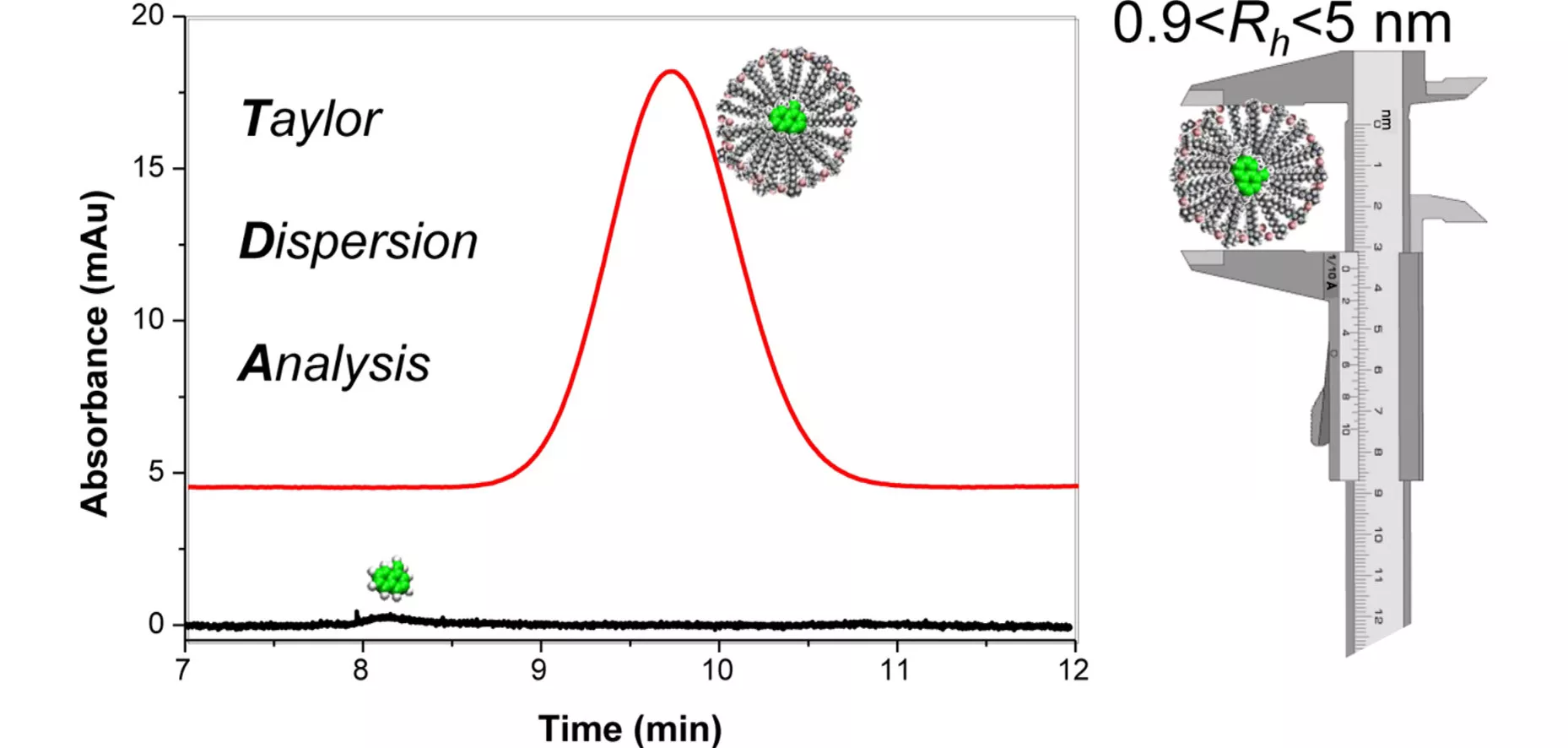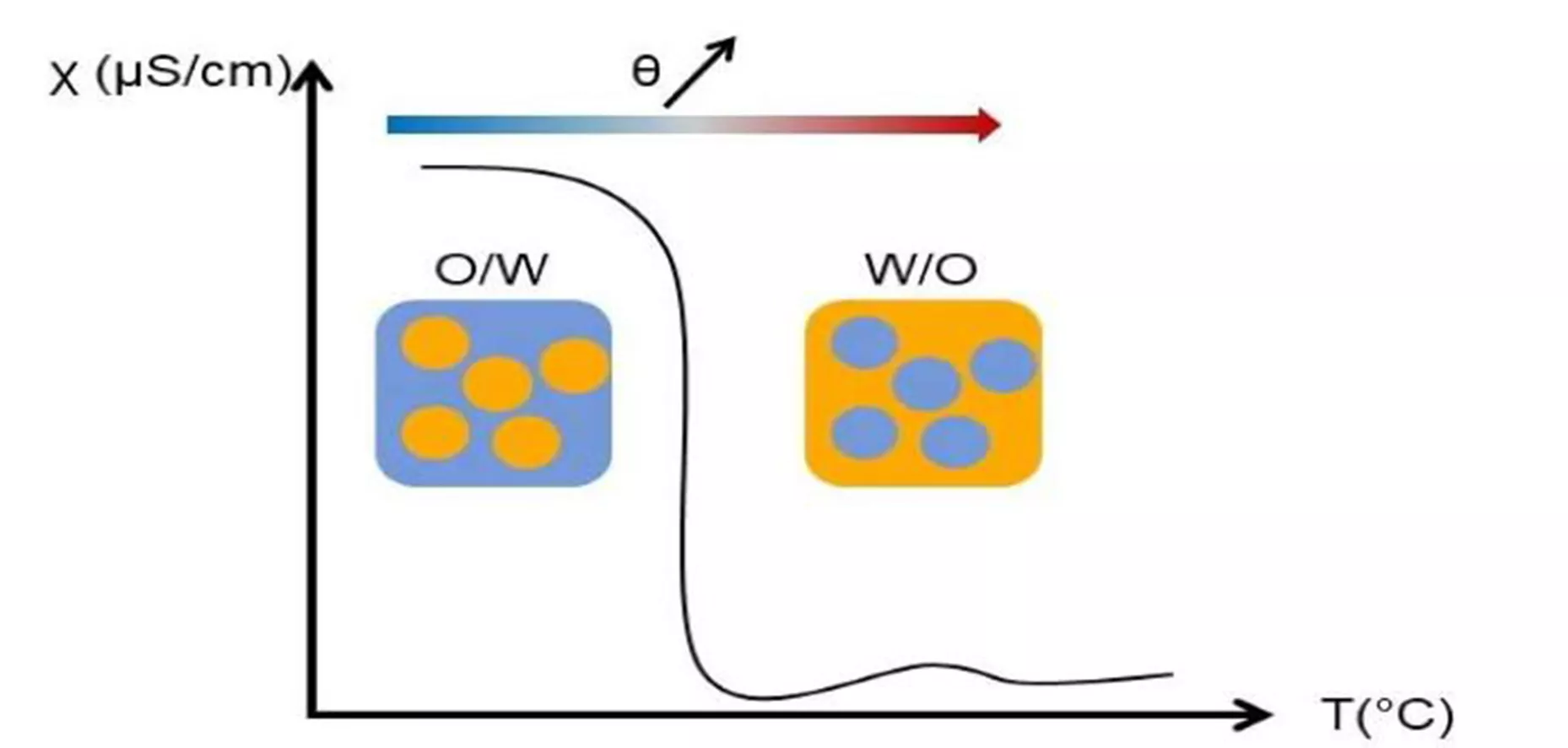Characterization methods
In this section, learn more about the methods used to characterize lipid excipients and formulations based on lipid excipients.
Testing lipid excipients' stability
Lipid excipients can be prone to oxidation and hydrolysis under inappropriate storage and handling conditions. Tests such as peroxide value test and acid value tests can be performed to assess their stability.
Developing successful lipid-based formulations
Measuring saturation solubility

Obtaining solubility data in a sufficiently broad range of lipid excipients is the first step towards the development of a lipid-based formulation
Miscibility and dispersability test

If a single excipient cannot solubilize the entire therapeutic dose, a multi-excipient formulation is developed. It is necessary to determine the excipients ratio.
In vitro lipolysis test

Assessing formulation behaviour during digestion through this in vitro method, allow to discriminate between formulations for further development.
Taylor Dispersion Analysis
Taylor Dispersion Analysis enables to measure the absolute radius of micelles. It has been used to characterize our self-emulsifyinig excipients.

PIT-deviation method

HLB (hydrophilic lipophilic balance) is a critical parameter used to characterize surfactants. The PIT-deviation method is a fast and accurate method to measure HLB.
Sensory analysis
A scientific discipline to formulate patient-friendly textures and increase patients' adherence to topical treatments.
